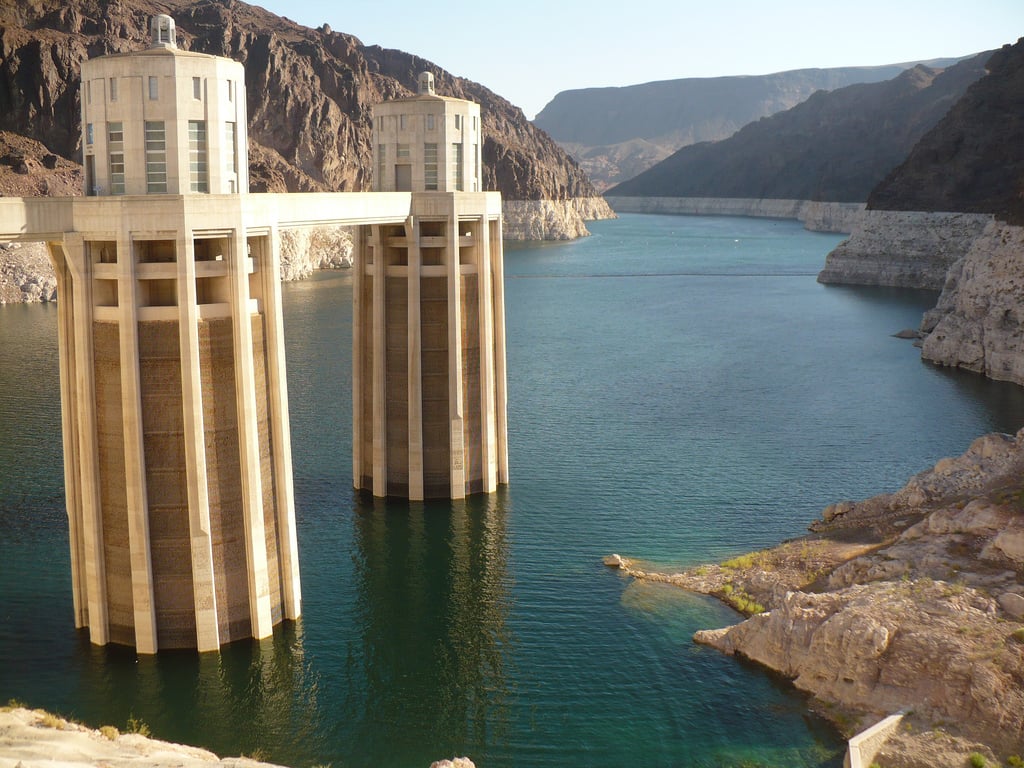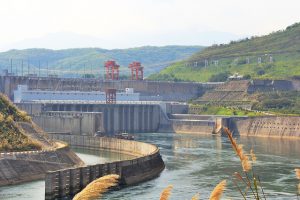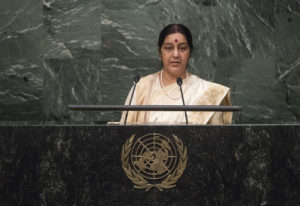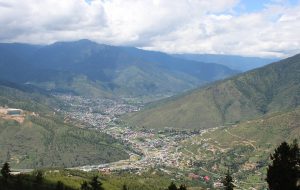A warming world will reduce water supply from rivers and lakes that are essential to many forms of electricity supply, demanding a major response from governments and the energy industry, a new study has warned today.
Hydroelectric, coal, gas, nuclear and biomass plants, which currently account for around 98% of global electricity output, rely on plentiful supplies of water to operate effectively, and are a major draw on freshwater supplies that are already under pressure from climate change, pollution, and a growing global population.
Forecast temperature rises will likely further dry up rivers and lakes, and increase inland water temperatures to an extent that power supply would be curtailed, said the research, which was published in Nature Climate Change, an environmental journal.
“This is the first study of its kind to examine the linkages between climate change, water resources, and electricity production on a global scale. We clearly show that power plants are not only causing climate change, but they might also be affected in major ways by climate,” says Keywan Riahi, co-author and programme director with the Vienna-based International Institute for Applied Systems Analysis (IIASA).
The research cited US, southern Latin America, southern Africa, central and southern Europe, southeast Asia, and southern Australia as the most vulnerable regions, where climate change will likely have the biggest impact on water supplies, which help drive turbines in hydro plants or cool down coal and nuclear power stations.
The impact of climate change on water supply could affect 60% of the world’s power plants in the period 2040-2069, a period by which the world will need to have shifted decisively away from coal if it is to stand a realistic chance of avoiding runaway climate change.
Foretaste
Several extreme weather events in the past few decades have given governments and energy companies a foretaste of a likely disruption to electricity supplies and huge economic costs that climate change could wreak on the power sector.
Sao Paulo, one of the world’s largest cities, endured regular power cuts last year as a major drop in rainfall, linked to climate change, deprived huge hydroelectric power plants of water.
A sustained drought in the western US has raised expectations that fast-growing cities in the ‘sunbelt’ will have to draw upon sources other than hydropower supplied by huge projects such as the Hoover Dam.
A record heatwave in northwestern Europe in 2003 prompted shutdowns of nuclear power plants as rising river temperatures hindered cooling systems. Low rainfall in western China earlier this decade curtailed hydro power production, ensuring that the grid had to turn to coal before rainfall levels returned to near normal levels.
China and India were among the countries that put a heavy emphasis on hydro power in climate plans, known as Intended Nationally Determined Contributions, that were the basis of the Paris climate agreement signed in December.
There was less mention of nuclear, amid spiralling costs of atomic power. But for those countries considering big increases in coal, such as India, water shortages are a potential threat to future power supplies.
How to adapt
The IIASA study recommends that countries make their power plants much more efficient and encourage cooling systems that would reduce the vulnerability to dwindling water supply. Governments, as well as power companies, will also need to manage their water supplies effectively during periods of drought, points out Michelle Van Vliet, who led the study.
As a result, the power sector will need to increase its focus on climate change adaptation in addition to mitigation, the academic adds.
Climate campaigners hope that the 2C and 1.5C temperature targets backed by the Paris agreement, and a long-term decarbonisation goal, will speed up efforts to displace coal by encouraging big increases in the capacity of wind and solar, technologies that are much less reliant on water than thermal energy and hydro.
Developing countries want rich nations to deliver on promises to funnel finance that will help countries deal with the impacts of a warming world and climate proof essential infrastructure including electricity supply.
Developing and developed countries alike will also have to deal with other water-related impacts of climate change – such as flooding. Record levels of rainfall in the UK in December inundated electricity sub-stations, cutting off power to tens of thousands and adding to a hefty insurance bill as the world’s major reinsurance companies grow increasingly concerned about climate change.







